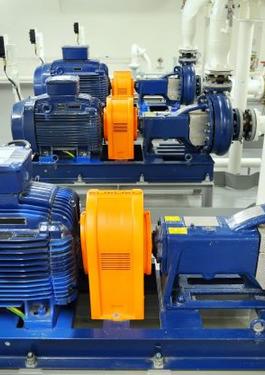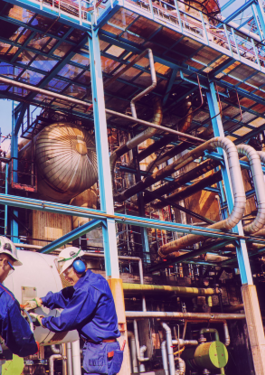Hazardous Area Classification (HAC)
Hazardous Area Classification (HAC) offers crucial benefits for both safety and economic.
Hazardous Area Classification is a requirement from a regulatory and safety perspective as an effective means of ignition prevention around flammable and combustible materials. The application of regulatory standards depends on the country and the local requirements. The standards provide guidance on how to perform HAC; A properly documented and implemented HAC assessment aligned with the site or corporate design and operation criteria will provide significant benefits over the life of the plant. Conditions such as timely response to MOCs, attention to maintenance details, and providing proper training, will contribute to the safe operation of a plant and could result in reduced capital cost for projects at the facility.
BUSINESS CHALLENGE
Businesses, especially in the manufacturing sector, have the potential risks in areas within factories, warehouses, etc. are facing a range of difficulties with Hazardous Area Classification (HAC), impacting both the technical execution and overall operations.
Complexity of Regulations, Data gathering and analysis process, or the Lack of internal expertise, etc. highlight the importance of approaching HAC strategically. Businesses need to establish partnerships with qualified consultants, and adopting flexible methodologies to navigate the complexities of this crucial safety measure. By proactively addressing these challenges, businesses can ensure a safe and efficient operating environment while maintaining a competitive edge and protecting their reputation.
OUR SERVICE
1. What is Hazardous Area Classification (HAC)?
Hazardous areas can be defined as locations in an industrial facility in which an explosive atmosphere can be caused due to the presence of flammable gases, liquids, vapors, dusts, and fibers, under both normal and abnormal operating conditions.
Hazardous Area Classification is a method for evaluating the likelihood of a flammable atmosphere forming and how long it might persist. It's a thorough analysis of potential electrical hazards at a site, including flammable mist, vapors and gases, or combustible dusts and fibers.
2. Hazardous Area Classification (HAC) service
The HAC service to identify the areas susceptible to fire or explosion, HAC assists industries in reducing their chances of experiencing an incident resulting in damage to property and potential injury or loss of life.
The main purpose of hazardous area classification layout is to facilitate the selection of appropriate equipment and installation procedures to ensure that the equipment can operate safely in that environment and does not cause fires or explosions
The hazardous area classification layouts are typically prepared by a team of Process Safety Electrical, Instrument engineers, supported by specialists from plant operations and Health, Safety and Environment (HSE).
3. Standards applied for HAC
In the United States, API RP 500, NEC, NFPA 497, are NFPA 499 are most used. The American system is based on Class and Division system of hazardous area classification.
In other parts of the world, EI-Part 15, IEC 60079 and standards based on the same such as EN 60079, BS EN 60079, AS/NZS 60079 etc. are more prevalent. IEC 60079 is based on the Zone system of hazardous area classification.
KEY BENEFITS
- Reduce the risk of explosions fires
- Compliance with regulations
- Reduce insurance costs
- Improve productivity
- Demonstrate commitment to safety
- Reduce the risk of reputational damage




